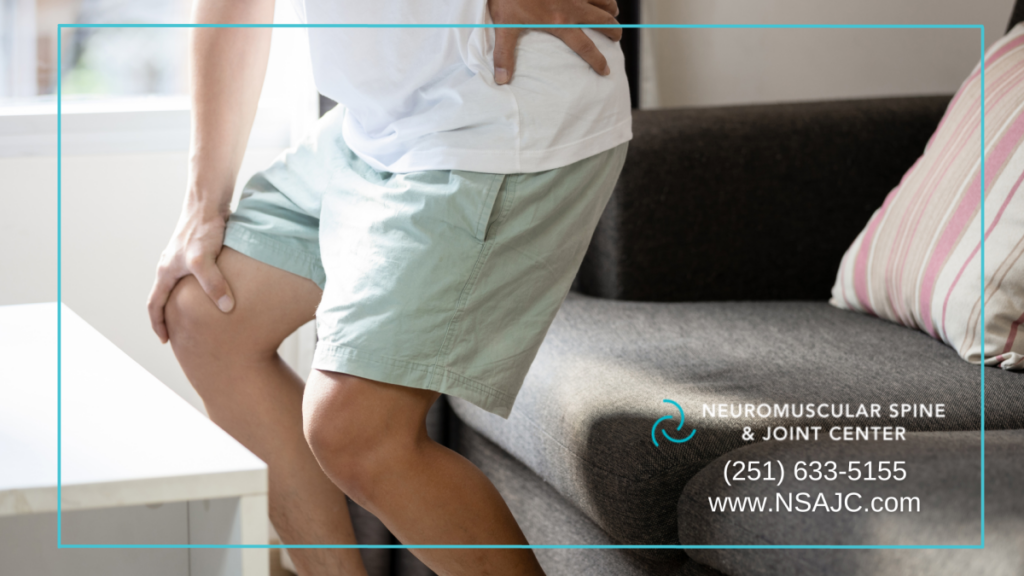Sacroiliac Joint Pain: Care Instructions

The sacroiliac joints connect the spine and each side of the pelvis. These joints bear the weight and stress of your torso. This makes them easy to injure. Injury or overuse of these joints may cause low back pain. Stress on these joints can cause joint pain. Sacroiliac joint pain is more common in pregnant […]
Chronic Pain: Care Instructions
Chronic pain is pain that lasts a long time (months or even years) and may or may not have a clear cause. It is different from acute pain, which usually does have a clear cause like an injury or illness and gets better over time. Chronic pain: Lasts over time but may vary from day […]
Pain Medicine Side Effects: Care Instructions
When you go to a medical facility in pain, you may get a strong medicine to give you relief. The medicine may be given in a vein (by IV) or as an injection (shot). Examples of this type of pain medicine include fentanyl, hydromorphone, and morphine. While these medicines help relieve pain, they also have […]
Pain Medicine: Care Instructions
Pain can keep you from doing the things you want to do. Medicine may help you feel better. There are many kinds of pain medicine. One type you can buy over the counter is acetaminophen (Tylenol). Other medicines help both pain and swelling. These are called nonsteroidal anti-inflammatory drugs (NSAIDs). They include aspirin, ibuprofen (Advil, […]
Carpal Tunnel Syndrome: Care Instructions
Carpal tunnel syndrome is a nerve problem. It can cause tingling, numbness, weakness, or pain in the fingers, thumb, and hand. The median nerve and several tough tissues called tendons run through a space in the wrist called the carpal tunnel. The repeated hand motions used in work and some hobbies and sports can put […]
Stopping Smoking: Care Instructions
Cigarette smokers crave the nicotine in cigarettes. Giving it up is much harder than simply changing a habit. Your body has to stop craving the nicotine. It is hard to quit, but you can do it. There are many tools that people use to quit smoking. You may find that combining tools works best for […]
Sacroiliac Joint Pain: Care Instructions
The sacroiliac joints connect the spine and each side of the pelvis. These joints bear the weight and stress of your torso. This makes them easy to injure. Injury or overuse of these joints may cause low back pain. Stress on these joints can cause joint pain. Sacroiliac joint pain is more common in pregnant […]
Getting Back to Normal After Low Back Pain: Care Instructions
Almost everyone has low back pain at some time. The good news is that most low back pain will go away in a few days or weeks with some basic self-care. Some people are afraid that doing too much may make their pain worse. In the past, people stayed in bed, thinking this would help […]
Diabetic Neuropathy: Care Instructions
When you have diabetes, your blood sugar level may get too high. Over time, high blood sugar levels can damage nerves. This is called diabetic neuropathy. Nerve damage can cause pain, burning, tingling, and numbness and may leave you feeling weak. The feet are often affected. When you have nerve damage in your feet, you […]
